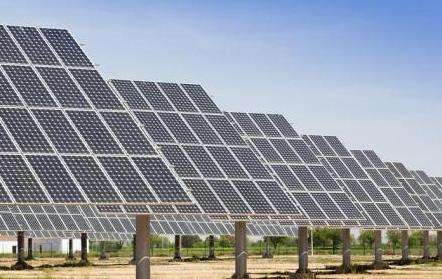The details are as follows:
1. Dams Most hydroelectric plants rely on dams to hold back water, forming a huge reservoir.
2. When the water inlet opens the dam gate, the water will pass through a water channel called a tunnel under the action of gravity, which will guide the water flow to the turbine. Water pressure increases as it flows through a stream.
3. The water flow from the hydraulic turbine impacts and rotates the huge blades of the hydraulic turbine, and the hydraulic turbine is connected to the generator above by a transmission shaft. The most common turbine in hydroelectric power plants is the Francis turbine, which resembles a large plate with curved blades. According to data provided by the Foundation for Water and Energy Education (FWEE), the turbine can weigh up to 172 tons and rotate at a speed of 90 revolutions per minute.
4. DuringAs the generator's turbine blades rotate, a series of magnets in the generator also rotate together. Huge magnets spin through copper coils, moving electrons to create an alternating current.
5. The water present in the drive shaft reservoir that connects the turbine and the generator is considered stored energy. When the door is opened, the water flowing through the tunnel is converted into kinetic energy because it is in motion.
6. The amount of electrical energy that can be generated depends on several factors, two of which are the size of the water flow and the height of the water. Water height refers to the distance between the water surface and the turbine blades. The higher the water height and water flow, the more electrical energy is generated. The water height generally depends on the storage capacity of the tank.
The principle of electricity productionity is to use the difference in water level to produce electricity with a hydraulic generator, that is, the potential energy of the water is converted into the mechanical energy of the water wheel , then use mechanical energy to drive the generator to obtain electricity. The rotor of the generator is the magnetic pole, and the excitation winding is installed inside the rotor. When DC power is applied, it is excited and generates a magnetic field, in simple terms, it generally becomes equipment. supplies direct current to the rotor is called an exciter, which is the one at the back of the generator, its purpose is to generate direct current during operation.
Raw materials for electricity production
Most power plants use thermal energy to produce electricity. The fuels they use includecoal, oil and natural gas. Thermal power plants can produce large amounts of electricity, but they pollute the environment. Some power plants use heat generated by nuclear reactions to produce electricity. Nuclear power plants produce large amounts of electricity, but they release nuclear waste.














